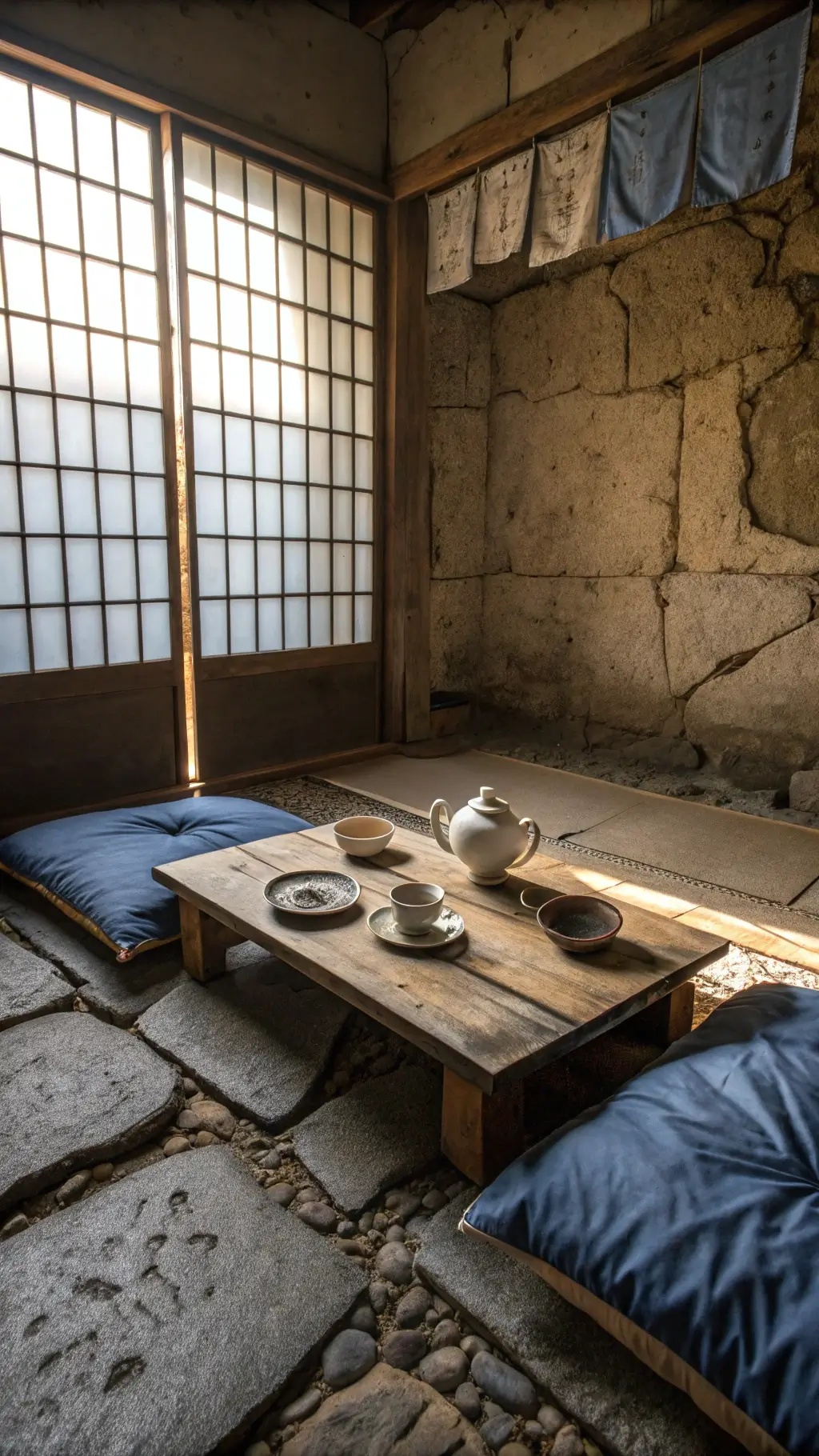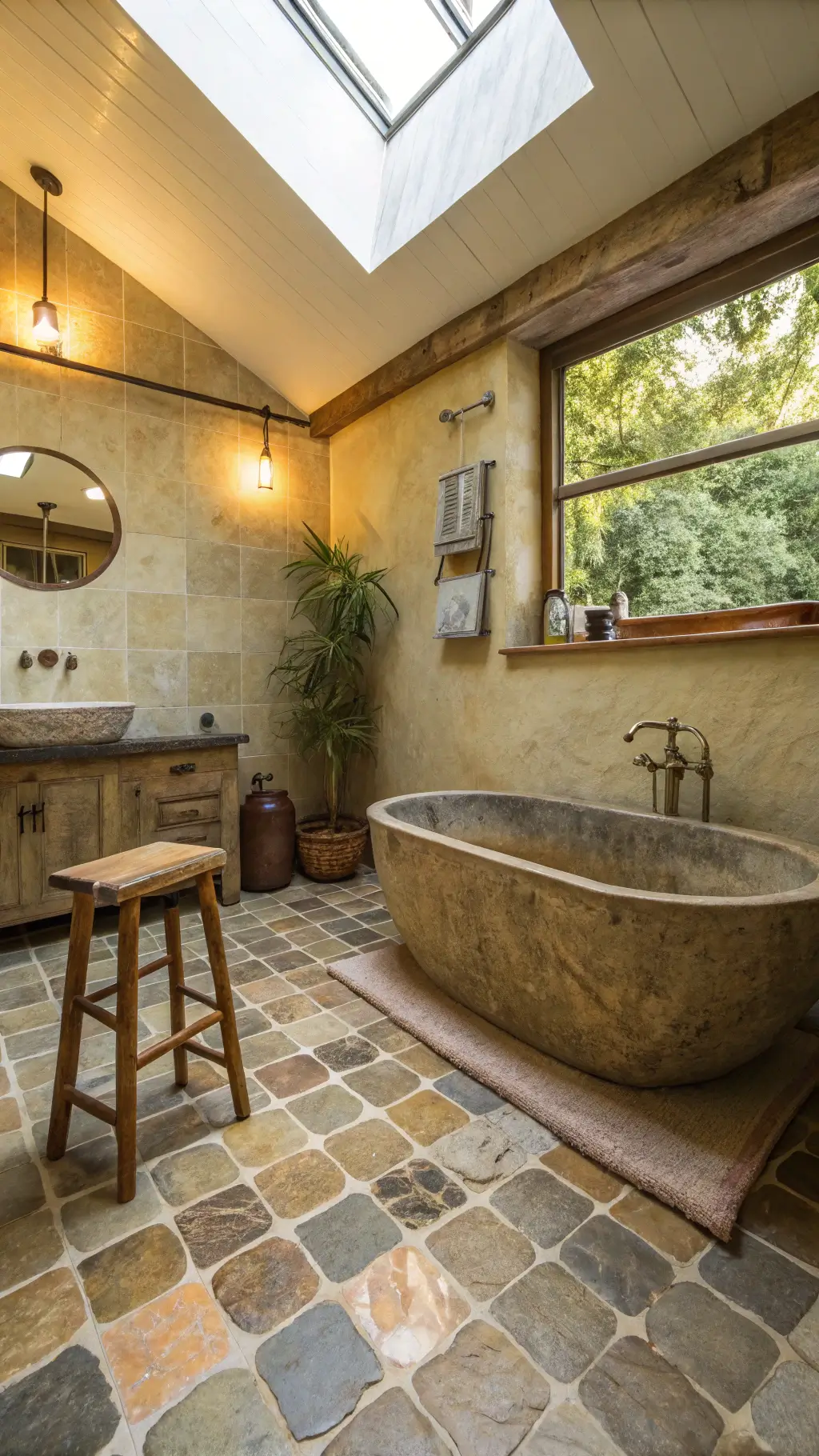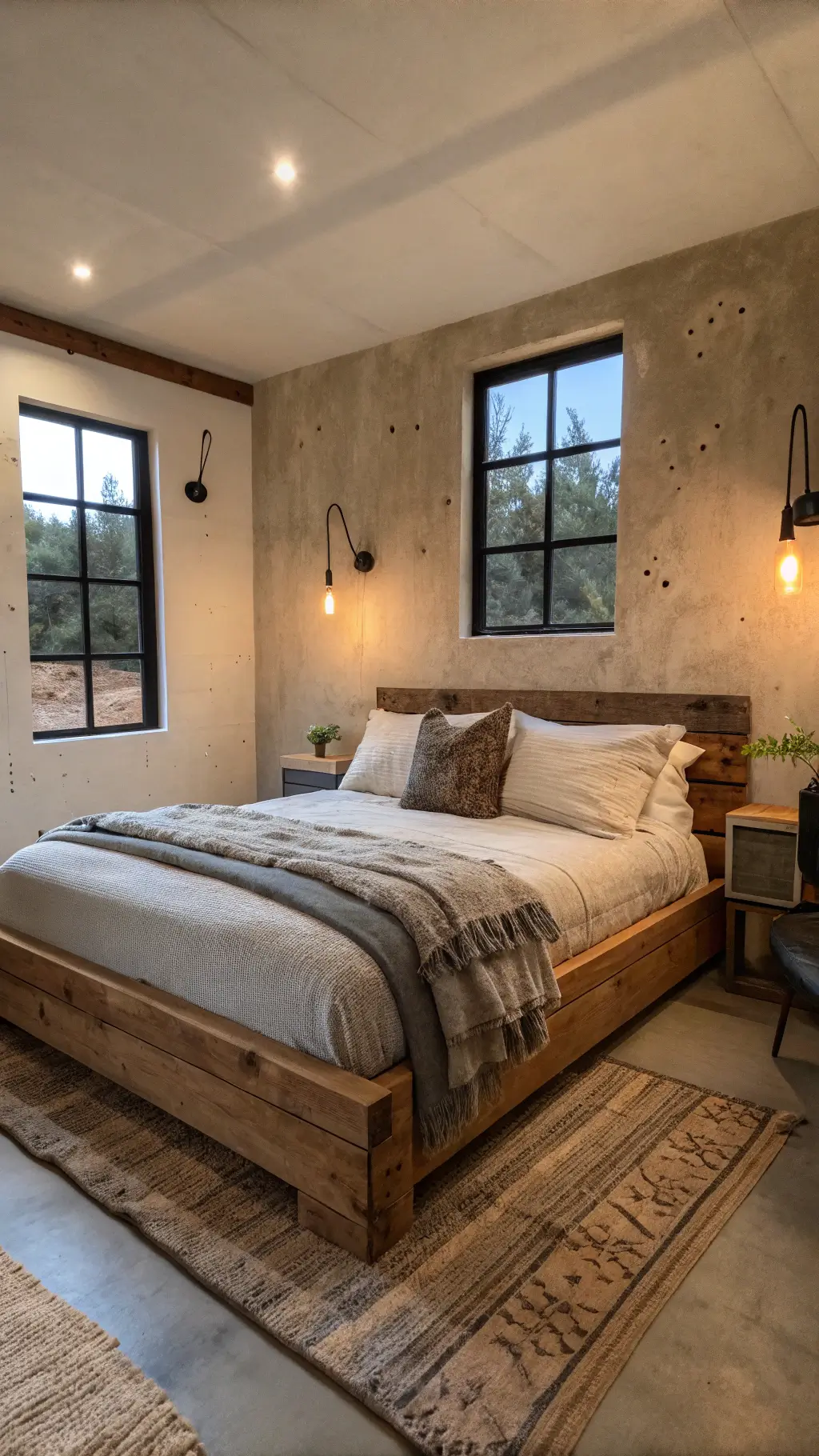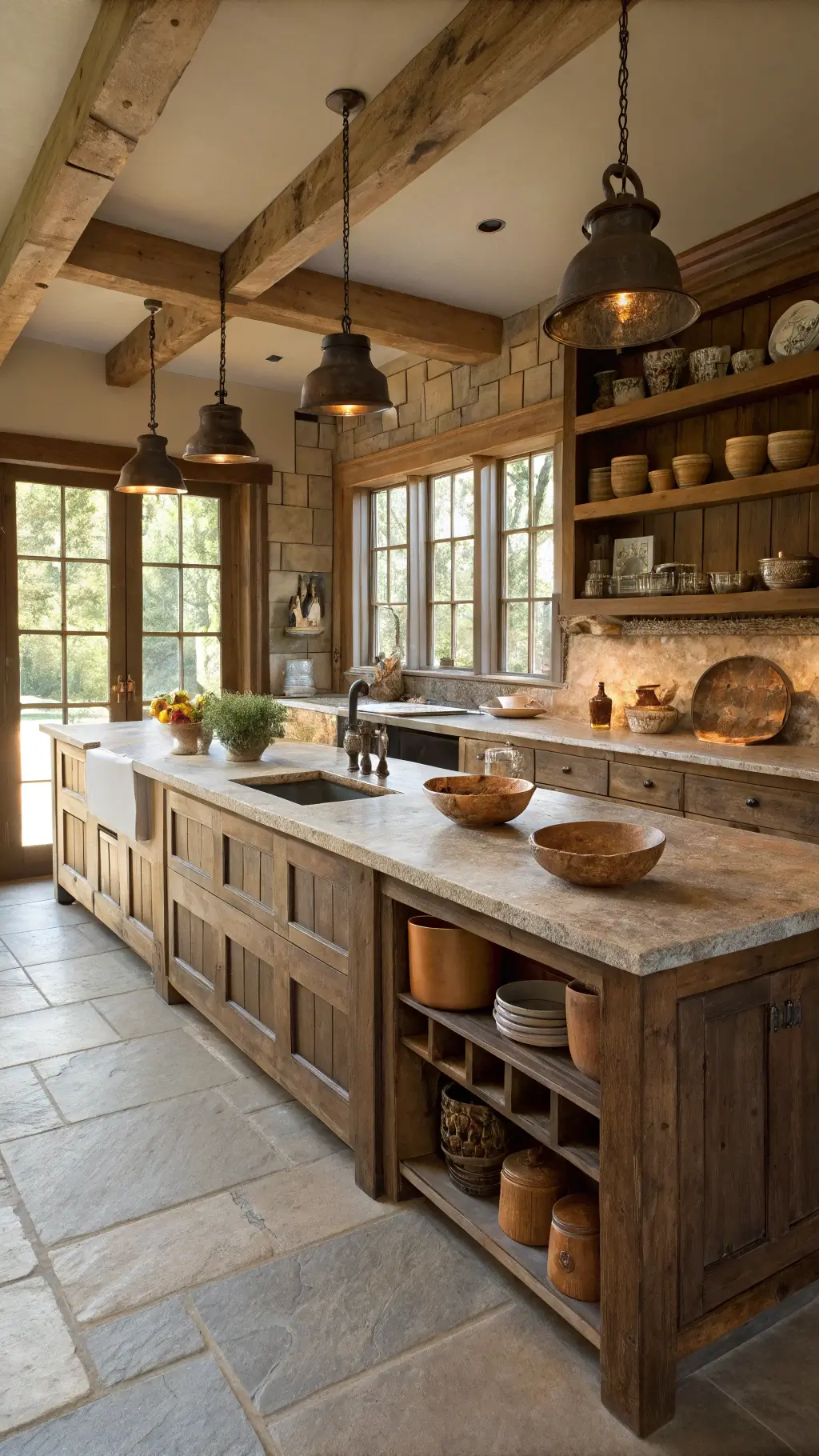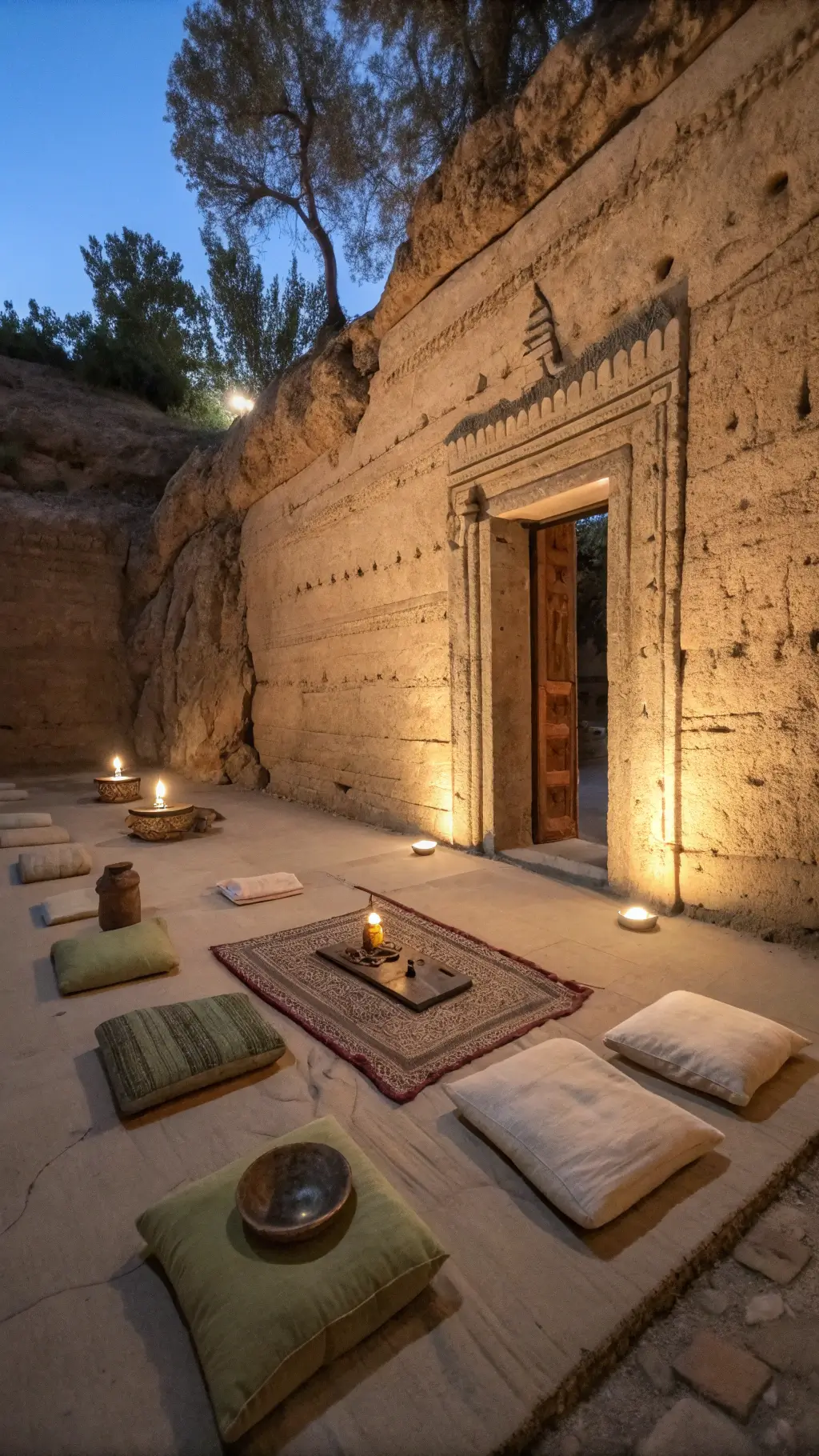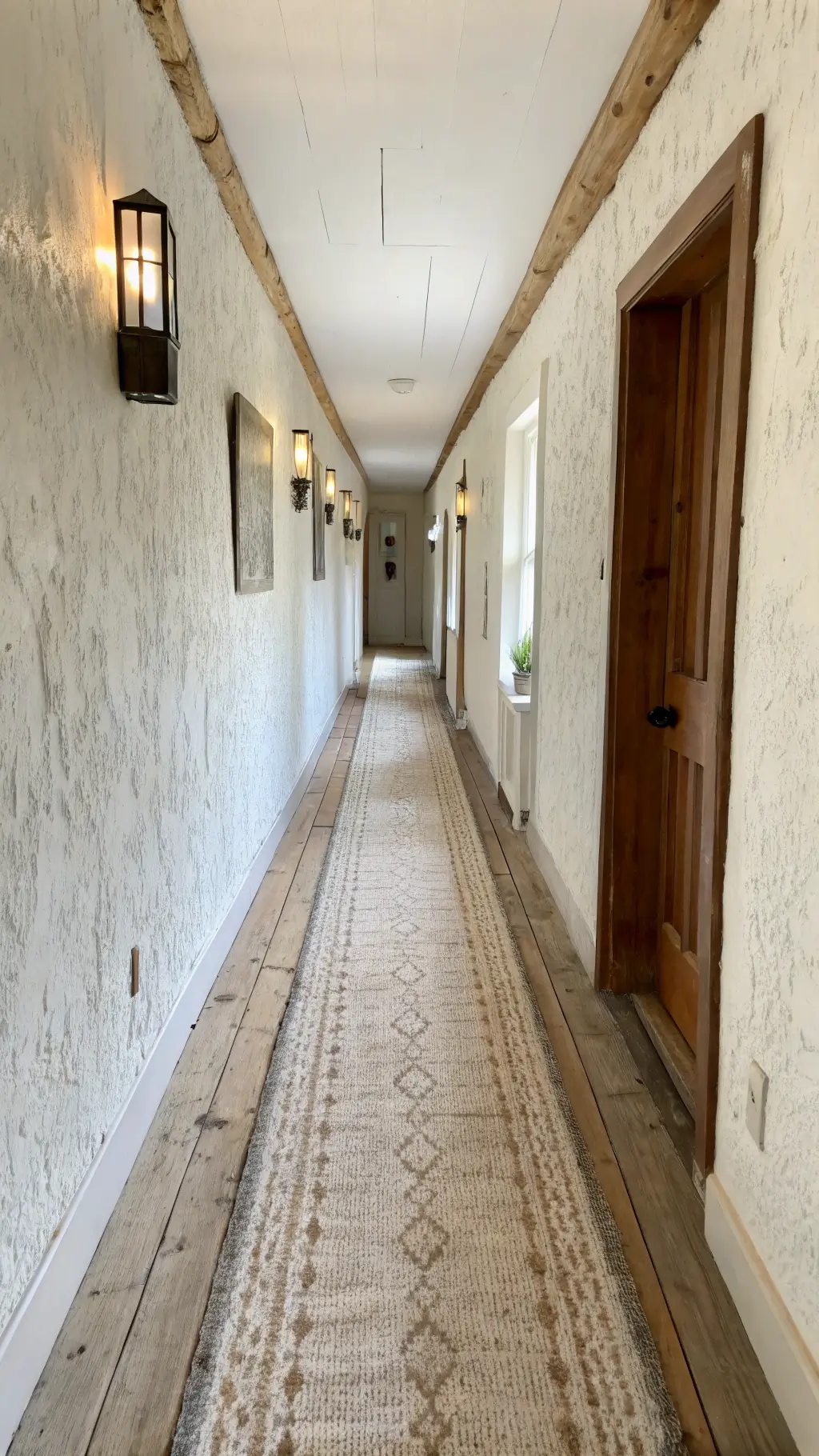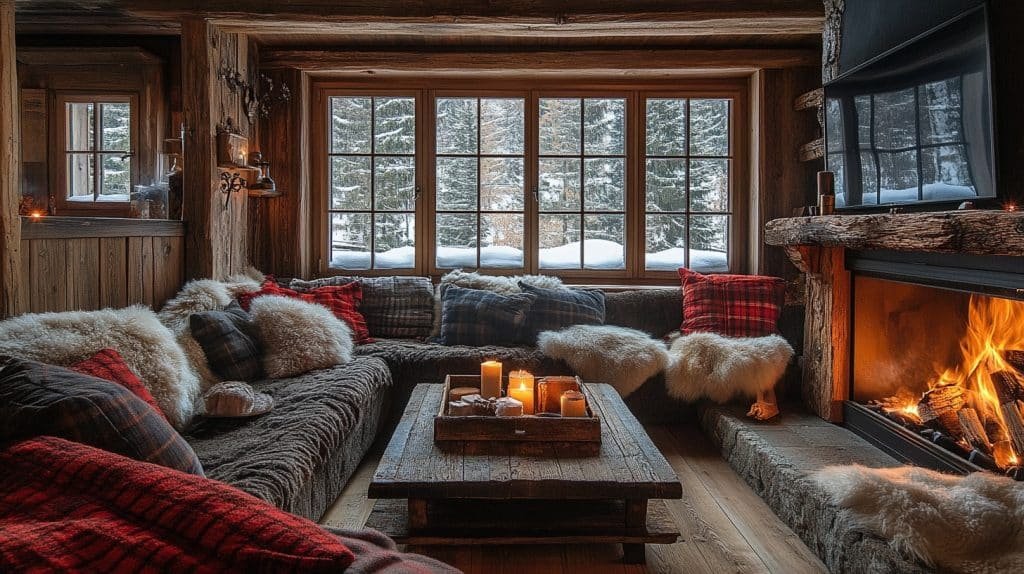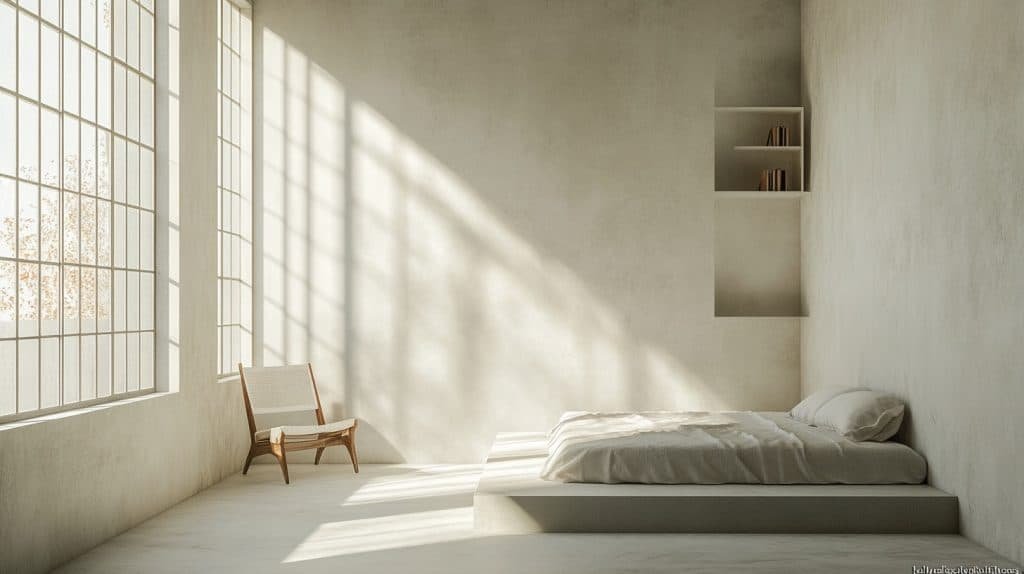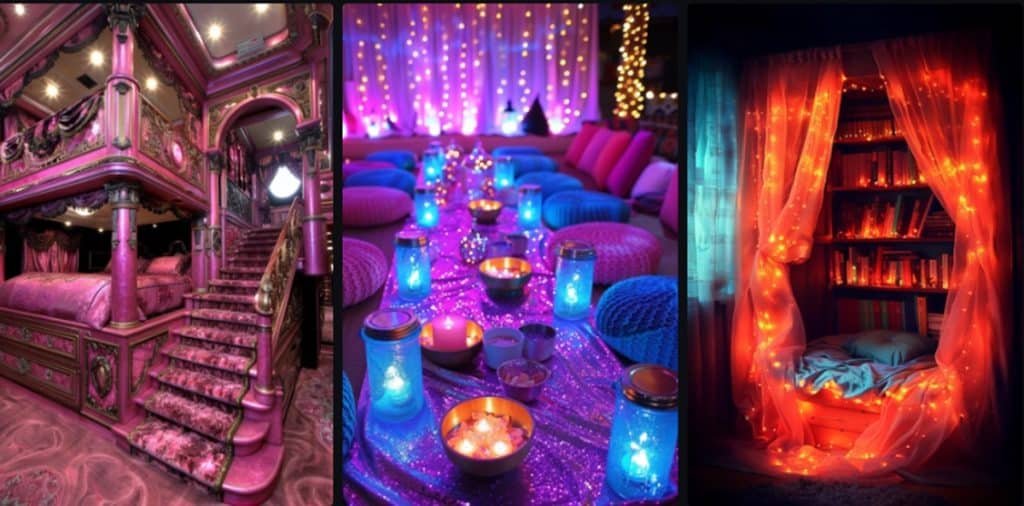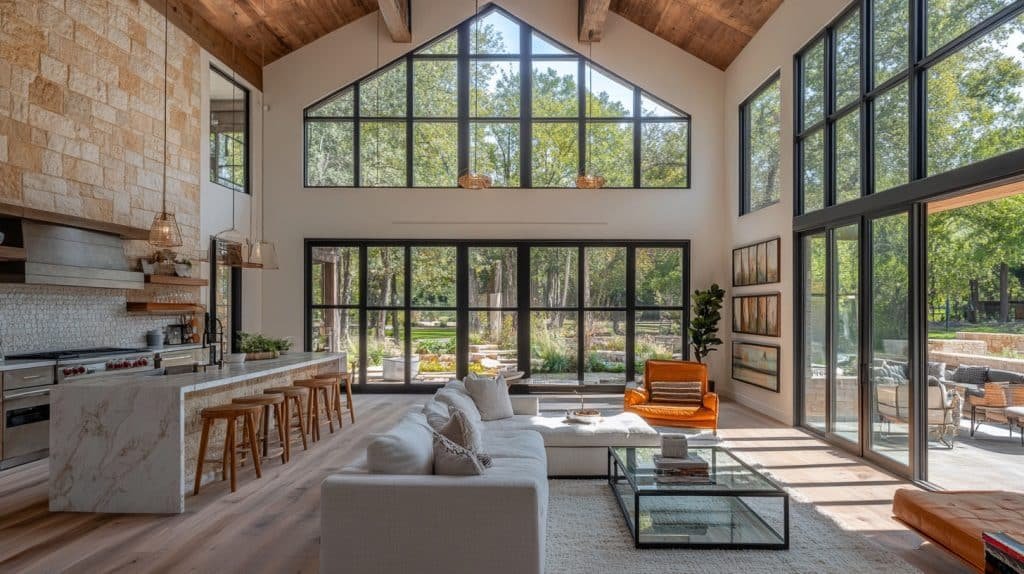What Makes Wabi Sabi So Unique?
Wabi sabi isn’t just a design trend. It’s a profound Japanese philosophy that celebrates:
- Imperfection as Art: Those chips, cracks, and asymmetrical lines? Pure beauty.
- Natural Aging: Every scratch is a memory, every worn surface a testament to life.
- Simplicity in Design: Less is absolutely more.
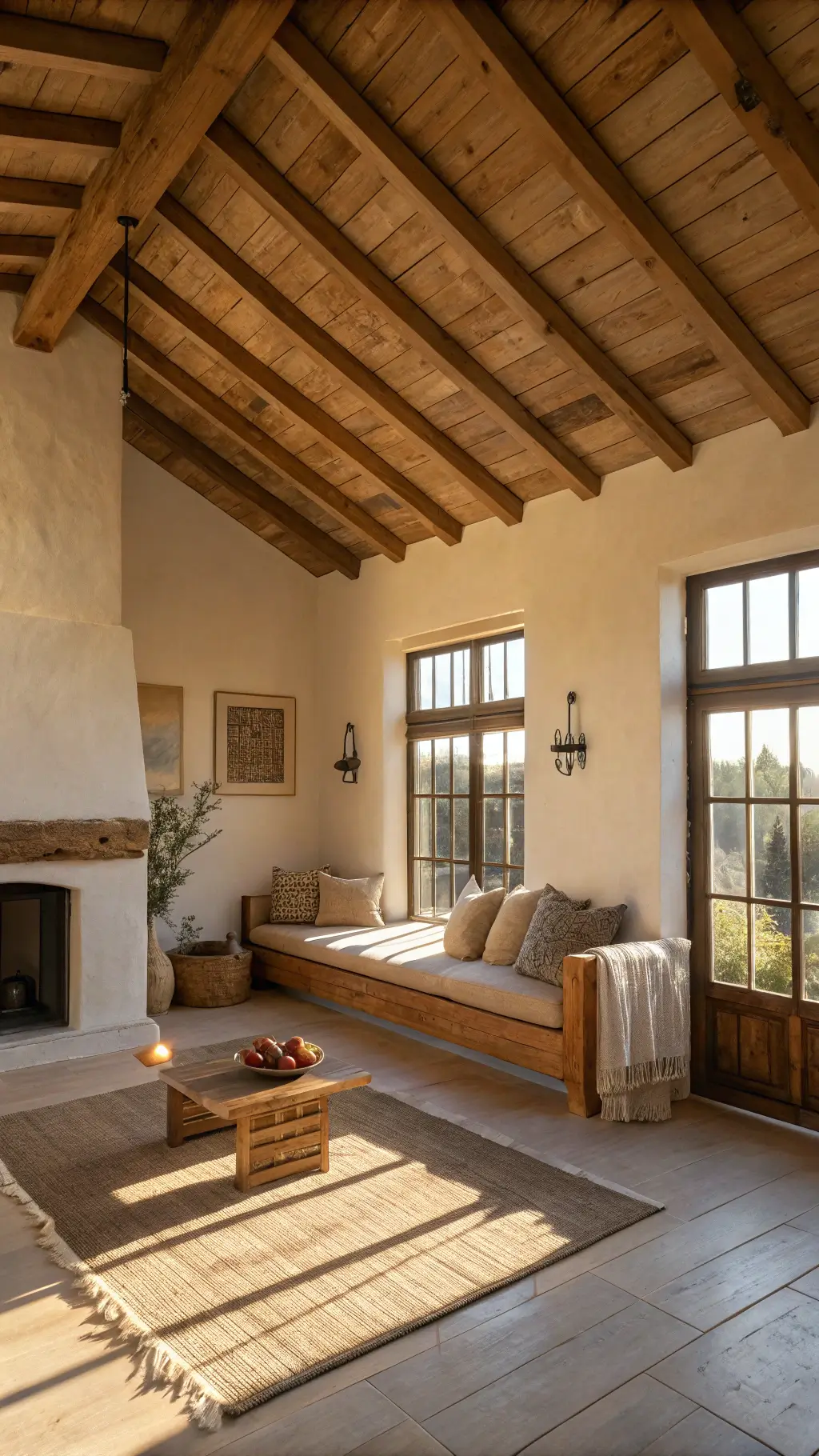
The Core Principles of Wabi Sabi Architecture
1. Embracing Imperfect Perfection
Forget about razor-sharp edges and pristine surfaces. Wabi sabi says true beauty lives in:
- Rough-hewn textures
- Uneven lines
- Natural material variations
- Handcrafted irregularities
2. Materials That Tell a Story
Wabi sabi loves materials that:
- Age Gracefully: Wood that silvers, stone that weathers
- Show Natural Origins: Untreated wood, raw clay, unpolished stone
- Reflect Authenticity: No fake finishes, no artificial perfection
3. Color Palette: Whispers, Not Shouts
Forget bold colors. Wabi sabi embraces:
- Soft earth tones
- Muted greys
- Gentle browns
- Subtle neutrals
Real-World Wabi Sabi Magic: Architectural Examples
Ise Grand Shrine: A Living Embodiment
This incredible Japanese shrine isn’t just a building – it’s a living philosophy. Rebuilt every 20 years using traditional techniques, it demonstrates wabi sabi’s core belief: Everything is temporary, and that’s beautiful.
Modern Interpretations
Contemporary architects are falling in love with wabi sabi by:
- Using sustainable materials
- Allowing structures to age naturally
- Creating spaces that breathe and evolve
Practical Tips for Bringing Wabi Sabi into Your Space
Design Strategies
- Choose Handcrafted Over Mass-Produced
- Celebrate Natural Wear
- Prioritize Authenticity
- Create Calm, Contemplative Environments
Material Selection
- Opt for unfinished woods
- Select stone with natural variations
- Use clay and ceramic with visible imperfections
- Embrace textiles with organic textures
Why Wabi Sabi Matters Now More Than Ever
In a world of Instagram perfection and mass production, wabi sabi offers:
- Sustainability
- Mindfulness
- Connection to Natural Processes
- Authentic Design Experience
“Perfection is not about being flawless. It’s about seeing the beauty in the flaws.” – Wabi Sabi Philosophy
The Emotional Journey of Wabi Sabi
Wabi sabi isn’t just about design. It’s a way of seeing the world – understanding that beauty is fleeting, imperfect, and deeply personal.
Final Thoughts
Wabi sabi architecture reminds us that life isn’t about maintaining a perfect facade. It’s about embracing our journey, our scars, and the beautiful imperfections that make us unique.
Are you ready to see beauty differently?

